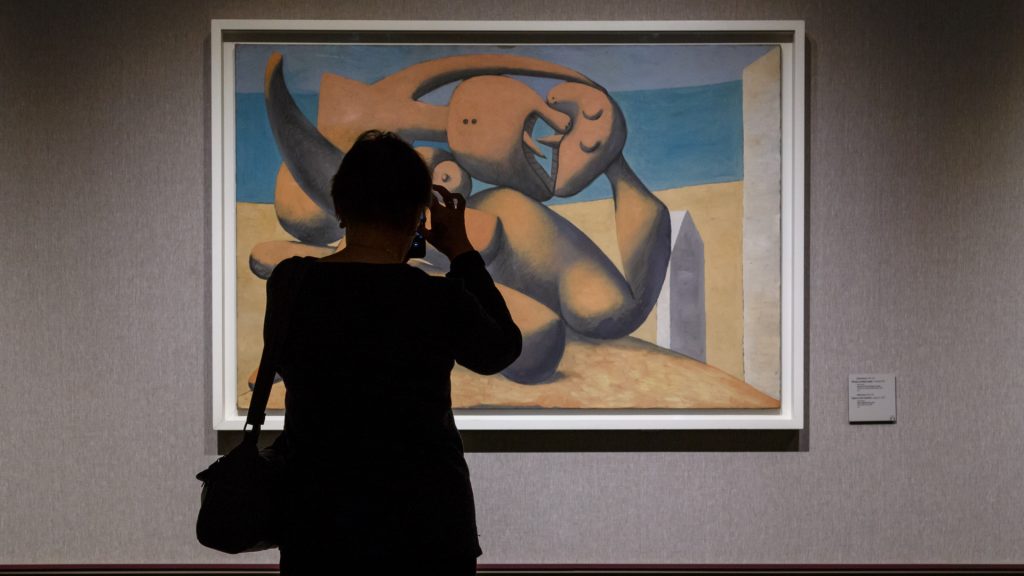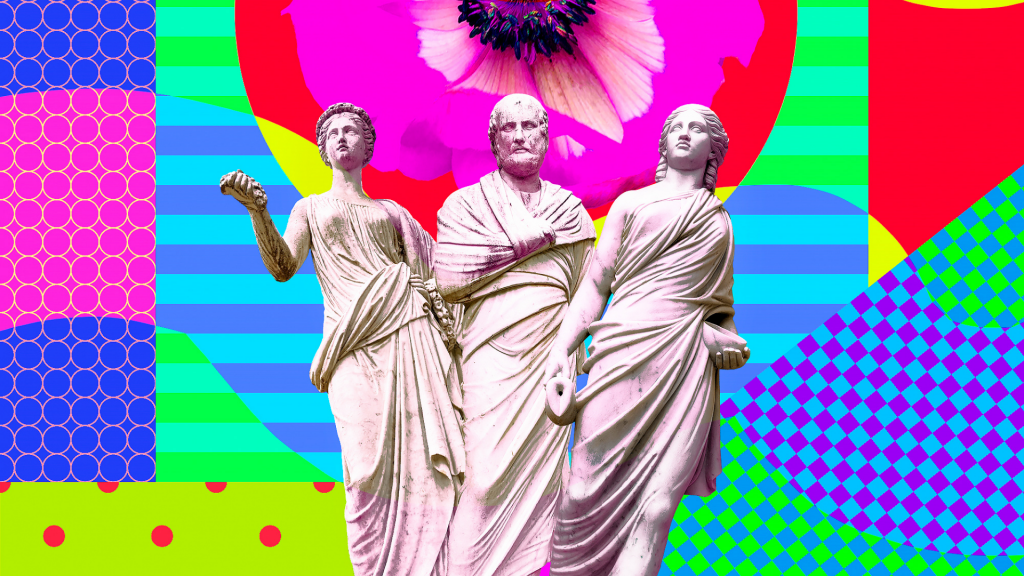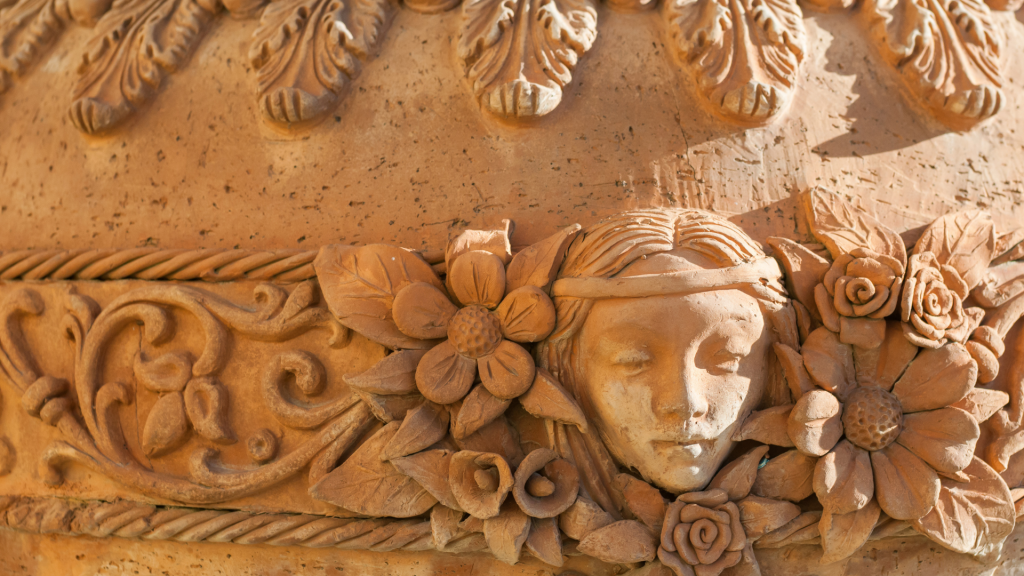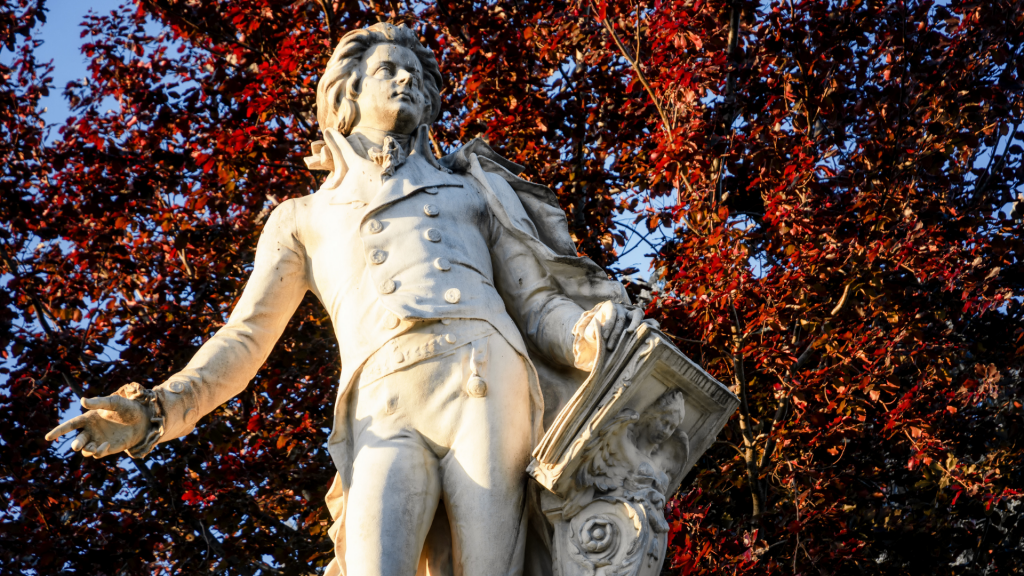Color is everywhere, but how do we perceive it? How do we use it to enhance our surroundings? How can it play with our emotions? The influence of color on our lives is so pervasive that we are often unaware of it. The world would be a very different place without color. For example, imagine walking into a room that had no color.
How would you describe the lighting? Would you be able to tell that someone else was in the room, even if you couldn’t see them? Or think about the last time you drove somewhere you have never been. How did you get there? Chances are you followed signs that were colored in a certain way to tell you where to go.
What is Color Psychology?
Color psychology can be defined as the study of the effects of colors on human behavior. It can be a fascinating topic, although it is not yet a well-researched area. (There is even a joke among color psychologists that whenever a study comes out supporting the effects of a specific color, all other color psychologists will somehow find a way to contradict it).
This is because human color perception is very complex: humans have three types of cone cells in their eyes. Hence their color vision is more complex than that of other species, like birds or fish. Understanding color psychology is essential to achieving the desired mood and enhancing the psychology of the viewer.
There are three main psychological effects of color:
- Physiological Effect – You have probably had a teacher or professor who has told you that green is calming, red is exciting, and blue is depressing. While these generalizations are not always true, studies show that color does have a physiological effect on the body. The way you feel when you look at a specific color is called a psychological response. The psychological response is the same as the physiological effect. Only it is the way you feel when you see color. The physiological effect is the way you feel when you are exposed to certain wavelengths in the light spectrum, such as red, yellow, or green.
- Psychological Effect – The psychological effect of color is based on the fundamental psychological principles of color. These principles were theorized by Johann Wolfgang von Goethe in 1810, expanded by Albert Henry Munsell in his book A Color Notation (1915), and improved by other color theorists. Ever wondered if colors have a psychological effect on people? The answer is yes. Scientific studies have shown that colors can influence our moods, emotions, and behavior.
- For example, research has found that exposure to red has negative psychological effects (increased heart rate, increased blood pressure, anxiety). In contrast, exposure to blue has positive psychological effects (decreased heart rate, decreased blood pressure, decreased anxiety).
- Cultural Effect – The cultural effect of color is an effect of how colors can influence us. For example, red is known as a “hot” color, meaning a color that can get people excited. This might explain why most restaurants are red and orange because of their positive, energetic effect on people. In his book, Color and Culture, anthropologist and ethnographer Paul K. Feyerabend describes how different cultures use color in different ways.
The colors white, black, and red are all culturally symbolic in Western culture but take on different meanings in other parts of the world. For example, white is often a symbol of cleanliness or sacredness in the West. In Japan, where clothing and buildings are often colored white, it is considered a color belonging to death and mourning. Likewise, in the West, red is the color of passion, whereas, in the East, it represents good luck and joy.
While we are all sensitive to color, we don’t necessarily understand its power. Too often, people think that a particular color is just the way that it is, but the reality is that color can carry its special meaning and can affect the way we see things around us. Our choice of colors can set the mood for our home and even the way that people react to us. (For example, some data suggests that red is more likely to stimulate the appetite than other colors. Yikes!)








